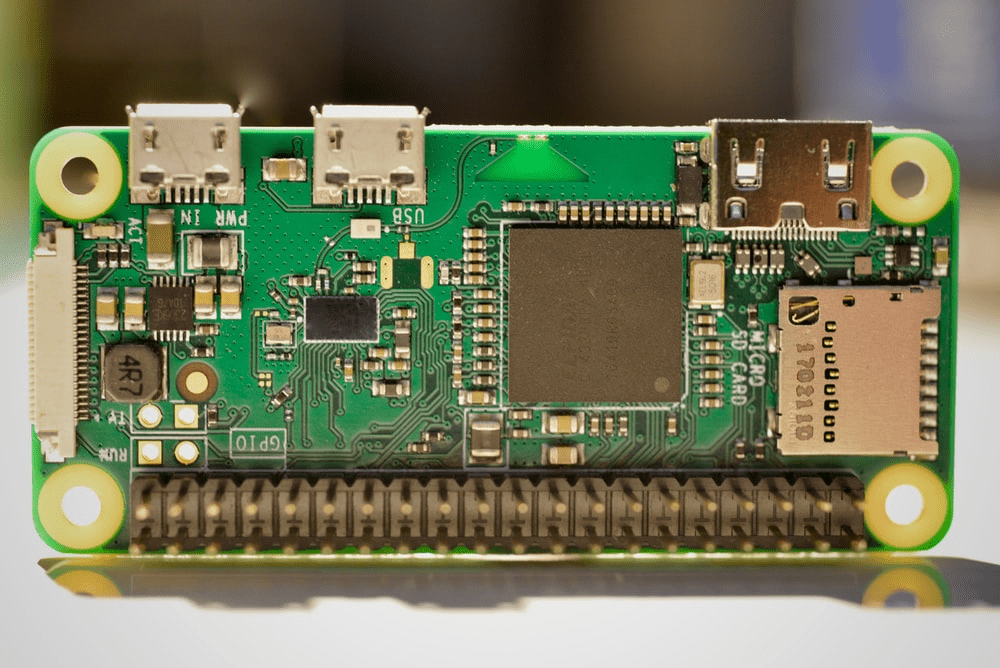
What is a Flex-PCB Stiffener?
An Introduction to Flex-PCB Stiffeners
A flex (flexible) PCB (Printed Circuit Board) is a popular PCB type. Anyone who has used a flex PCB can vouch for its usefulness. Flex PCBs let users outfit products through circuitry when it is not possible to integrate a rigid board into the design. To put it simply, a flex PCB is immensely valuable for a number of electronic applications.
Having said that, flexible PCB manufacturing means that the board is completely flexible – which means that it is completely void of any rigidity. However, there are times when you require a flex PCB to be rigid in certain places – and this is where flex PCB stiffeners come into the picture. So, if you work with a flex PCB, there are high chances that you will need a flex PCB stiffener.
In this blog, we will be covering a wide range of valuable information regarding flex PCB stiffeners.
How Does a Flex PCB Stiffener Work?
Keep in mind, a stiffener does not come integrated with the PCB design. Rather, it is a kind of mechanical support. Usually, designers turn to flex PCB stiffeners when:
- Certain flex circuit areas require greater thickness.
- Bend areas need to be constrained in particular predefined locations.
- ZIF-connector specifications need to be met.
- Particular board areas need strengthening.
- Other connectors or components require support.
- The component’s weight and size will impose stress on the flex.
Whenever you need a rigid section to protect any connectors or other components attached to that particular section, you can use a flex PCB stiffener. This stiffener will restrict the circuit’s bend, and ensure that the solder joints of the part remain protected.
On the other hand, there are instances when you might not require a flex-PCB stiffener – such as when the flex-PCB is not dealing with a considerable amount of strain from a ‘static’, small component. In addition, you will likely not need a stiffener if you are using a rigid-flex PCB, and the flexible region does not contain any components.
A pure flexible PCB generally does not endure as many components as its rigid-flex counterpart. The rigid section rigid-flex PCBs are sometimes equally complex as conventional PCBs. Occasionally, a stiffener and cover-lay might be laminated simultaneously.
Materials Used for Flex PCB Fabrication
Of course, if you need a flex PCB stiffener, you will pay particular attention to the material that has been used to produce the particular stiffener. Flex-PCB stiffeners, much like the flex PCB itself, are produced using FR4. Stiffeners vary in thickness within a range of 0.08”-0.59”.
Usually, during the manufacturing of the flex-PCB and the flex-PCB stiffener, the intention should be to maximize the stiffener thickness, depending on the design. The greater the stiffener’s thickness, the greater the extent of support you can expect. PCB stiffeners made using a particular design need not have a uniform thickness level. If you are looking for more thickness, a polyimide stiffener, along with a thin polyimide layer at your contact fingers, is your best bet. If you use a ZIF stiffener to make thicker PCBs, you are likely to end up with more rigidity than you desire.
Sometimes, Kapton is used to manufacture a stiffener – usually when the flex’s end requires thickening so that it can be put inside ZIF connectors. However, the disadvantage with using Kapton is that it needs a distinct lamination cycle. FR4, on the other hand, need only a single lamination cycle.
There are situations in which you can turn to other materials – like aluminum or stainless steel – to create a PCB stiffener. Although these materials will cost you a bit more, they will also result in better heat sinking and rigidity. Some highly specific situations might justify the use of these expensive materials, but, on the whole, manufacturers do not feel that the advantages are worth the extra cost that comes with these materials.
Applying Flex PCB Stiffeners
While using a PCB stiffener, you need to make sure that the component and the stiffener are on the same board side. This way, you will be able to gain access to the component’s solder parts. While it is possible to attach a stiffener to either side, you will have to perform a review of the array configuration to ensure that you will not have any potential complications during assembly.
Typically, attaching the stiffener will require thermal bonding through pressure and heat. Another way to attach stiffeners is through an adhesive that is sensitive to pressure.
Final Word
It is not uncommon to feel that a PCB stiffener is adding complications to the design of your PCB, the truth is that stiffeners improve the functionality of circuit boards and allow them to become suitable for many more applications. Depending upon your desired result, you could even combine different types of stiffeners.
We hope that this brief guide helped you understand what a flex-PCB stiffener is, how it is created, its various applications, and how you can use it. However, if you are still unclear about anything on the topic, please feel free to reach out to us, and our experts will be more than happy to answer your queries. Moreover, you can consult our specialists to learn more about either flex PCB stiffeners themselves, or the various flexible board alternatives that can allow you to use a stiffener with greater efficacy.




